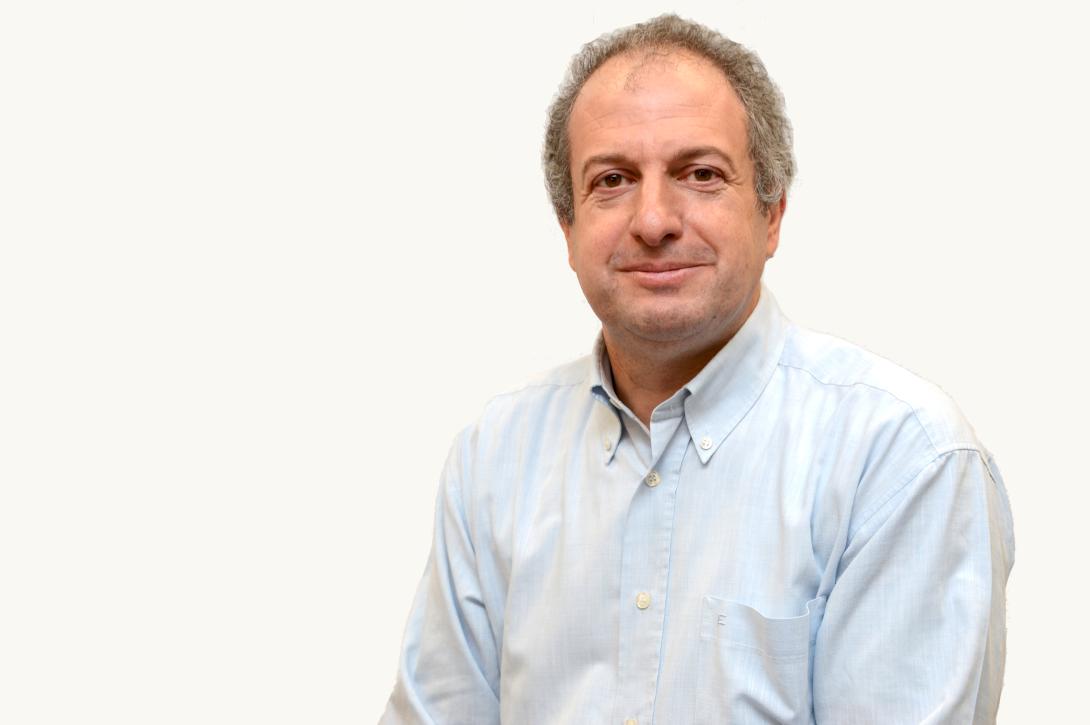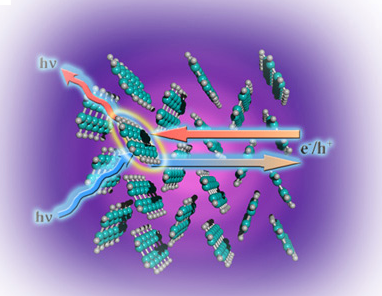A Central Witness of the Development of Belgian HPC: Roberto Lazzaroni Bids Farewell

After more than three decades of high-level scientific engagement, Professor Roberto Lazzaroni is preparing to retire from his position at the University of Mons. A trained chemist, a researcher passionate about molecular modelling, and a key player in the interuniversity dynamics that led to the creation of the CÉCI, he has contributed to shaping the landscape of high-performance computing in Belgium.
To mark this important milestone, we sat down with him to revisit his career, his role in structuring HPC in the Wallonia-Brussels Federation, and his vision for the future of the field.
From his early days in Namur to the official launch of the CÉCI in 2010, and through the awarding of the prestigious Descartes Prize, Roberto Lazzaroni offers a rich and forward-looking testimony rooted in decades of scientific commitment.
Interview with Professor Roberto Lazzaroni
A Chemist’s Journey Fuelled by Molecular Modelling
Can you walk us through your scientific background, and how you came to join UMONS and the CÉCI?
I trained as a chemist. I studied and earned my PhD at the University of Namur, in close connection with the lab of Professor Jean-Marie André, a pioneer in theoretical chemistry. My early work already combined experimental materials science with modelling, at a time when computational chemistry was just beginning to take off. I was fortunate to explore these tools early in my career. Around that time, Jean-Luc Brédas, who had just become a professor at UMONS, invited me to help him set up a new lab focused on materials. That was a fantastic opportunity for me, and in 1990 I moved to Mons, where I developed the experimental branch while maintaining a strong theoretical component.
From the start, our work on semiconducting polymers required significant computing resources. At the time, modelling even small fragments of such materials—like four monomer units—was already a big achievement. We initially relied on semi-empirical methods like AM1, which are approximate quantum chemical models that balance physical accuracy with lower computational cost. These were essential when full ab initio methods—based solely on first principles of quantum mechanics—were too demanding for the hardware available.
Among the more rigorous methods, Density Functional Theory (DFT) started to gain ground in the 1990s as a powerful compromise between accuracy and computational feasibility. DFT allows us to calculate electronic structure properties, such as energy levels or charge distributions, by solving approximations of the Schrödinger equation. Its relatively favourable cost-to-accuracy ratio made it central in the development of modern computational chemistry.
Before we had local computing facilities, we submitted funding applications to the FNRS, which allowed us to access computing resources at KU Leuven. This access was crucial for pushing our research forward and taught us to be extremely strategic—every submission had to be optimized to make the most of limited resources.
Later, acquiring an IBM SP2 at UMONS changed everything. We were able to compute excited states, simulate optical properties, and reinforce modelling as our central research strategy. HPC shifted from being a support tool to a core pillar of how we conduct science. Today, around 75% of the researchers in our Mons lab use modelling tools. And increasingly, it's not just about interpreting experiments—the calculations can now guide the experiments themselves.
Building a Shared HPC Culture: From the SCF to the CÉCI
How did the idea of an interuniversity HPC network come about?
It began with a collaboration between Namur and Mons through the I-SCF (Interuniversity Scientific Computing Facility) in the 1990s. This Namur-based computing centre served several universities and was likely the first structured interuniversity initiative in French-speaking Belgium focused on HPC. It laid the groundwork for a broader idea of resource sharing, at a time when computing capacity was still very limited.
Over time, that idea expanded. In 2010, the CÉCI (Consortium des Équipements de Calcul Intensif) was formally launched, pooling the resources of the five French-speaking universities. Each site hosted a machine with specific characteristics, allowing for hybrid infrastructure across institutions. This approach convinced the FNRS and favored complementary investments.
One absolutely crucial—and often underappreciated—aspect of CÉCI’s success is the role of the system administrators. They install software, configure environments, monitor performance, troubleshoot, maintain security and accessibility. They’re the glue that holds the infrastructure together.
Without this tight-knit, expert, and deeply committed community, the CÉCI wouldn’t function. Their work behind the scenes is fundamental. And they go beyond technical support: they help shape strategy, train users, and bridge the gap between scientific needs and technical solutions.
Milestones and European Synergies
What key projects or collaborations have marked your career?

Winning the Descartes Prize in 2003 was a major highlight. It was awarded by the European Commission for a project involving Mons, Cambridge, and Linköping on OLED materials. We handled the modelling; our partners focused on experimental measurements. HPC resources were essential—we needed them to deeply explore the electronic and optical properties of the materials. Without that computational power, the work wouldn’t have been possible. It was a great example of interdisciplinary and European collaboration.
More broadly, I’m very happy to see that young Belgian researchers now have access to top-tier European infrastructures like LUMI. It shows that our ecosystem, through the CÉCI, is an excellent training ground for working at the frontier of computational science. It’s a sign of collective growth in our scientific community.
A Changing Ecosystem
How do you see HPC usage evolving, and what new dynamics are emerging?
AI, big data, and deep learning are increasingly present, but they’re not yet fully integrated into the CÉCI’s governance. These communities are likely to engage more with existing HPC structures. There’s still a bridge to be built—culturally and technically—for new applications to find their place in our ecosystem.
Cenaero is also playing a strong role in the Walloon HPC ecosystem. While not officially part of the CÉCI, they opened access to some of their resources, helping researchers meet important computing needs. This collaboration has enabled many research projects to move forward more quickly. It’s a good example of synergy between academic research and applied technology centres.
And most recently, we received funding for a new supercomputer equipped with APUs—hybrid CPU-GPU units. This will let us meet growing demand from AI workloads as well as massively parallel simulations. It’s an important milestone to keep Belgian research internationally competitive. And it sends a strong signal: high-performance computing remains a strategic investment for the future.
Advice for Young Researchers
What advice would you give to those starting out?
Be curious. Ask questions. Don’t isolate yourself in front of the tools. The CÉCI isn’t just hardware—it’s a network of skills, a continuous learning environment. Take time to understand the tools and talk to the people who make them work. Especially the system administrators: their expertise is invaluable, and they are there to support you.
And don’t be afraid to make mistakes—learning often comes from trial and error. What matters is staying open, sharing your doubts, and drawing on the strength of the community. That’s what makes collaborative research so powerful.
Interview by Nicolas Herman for EuroCC Belgium.